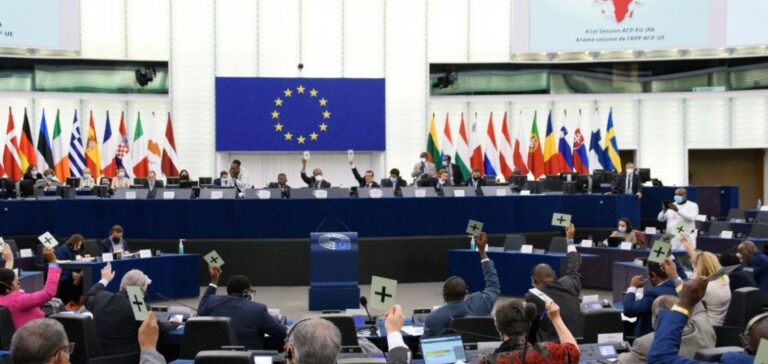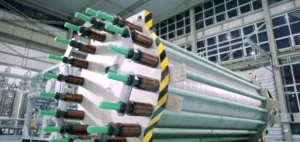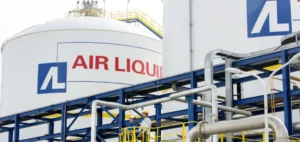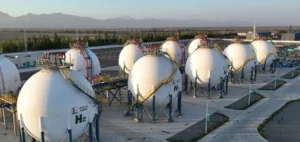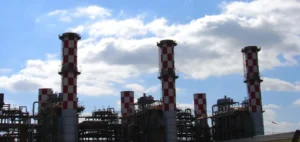Green hydrogen, identified as a key solution for decarbonizing heavy industrial sectors and transport, remains a fragile promise within the European Union. A recent report from Ernst & Young (EY) indicates that only 60% of the EU’s objectives for 2030 are covered by the national strategies of member states.
Adopted as part of the RepowerEU strategy, developed in response to the energy crisis triggered by the invasion of Ukraine, the European Union committed to producing and importing 20 million tons of green hydrogen by 2030. Achieving this goal requires the deployment of 100 gigawatts (GW) of electrolysis capacity, a significant challenge given the average annual growth rate of 45% observed between 2020 and 2024. EY emphasizes the need to triple this growth to 150% annually to meet these targets.
An Industry Development Facing Challenges
Although industrial projects in Europe total a declared capacity of 142 GW, 98% of these remain at the feasibility stage. Only 2% have reached the critical milestone of a final investment decision, reflecting a widespread hesitation among investors.
Numerous projects are delayed, often due to disagreements between member states over the definition of green hydrogen. For example, France and Germany differ on the use of nuclear-generated electricity to produce hydrogen. This lack of consensus hampers progress on European initiatives.
Political and Technological Obstacles
The absence of coordination among European countries continues to slow the sector’s development. In France, political instability has delayed certain investment projects, while at the European level, prolonged debates over technical and environmental criteria for renewable hydrogen have created a lack of clarity for investors.
Electrolysis technologies available at large scales are also plagued by reliability issues. Combined with economic and regulatory uncertainties, this situation makes industrial players hesitant to commit significant resources to projects still considered risky.
A Gap Between Ambition and Reality
While the European Union aims to become a global leader in green hydrogen, the EY report highlights a significant gap between its ambitions and progress made. Governments and industrial stakeholders in Europe must redouble their efforts to overcome technological challenges, align national strategies with European goals, and secure investments. With only five years left before the deadline, tangible advancements remain limited.


